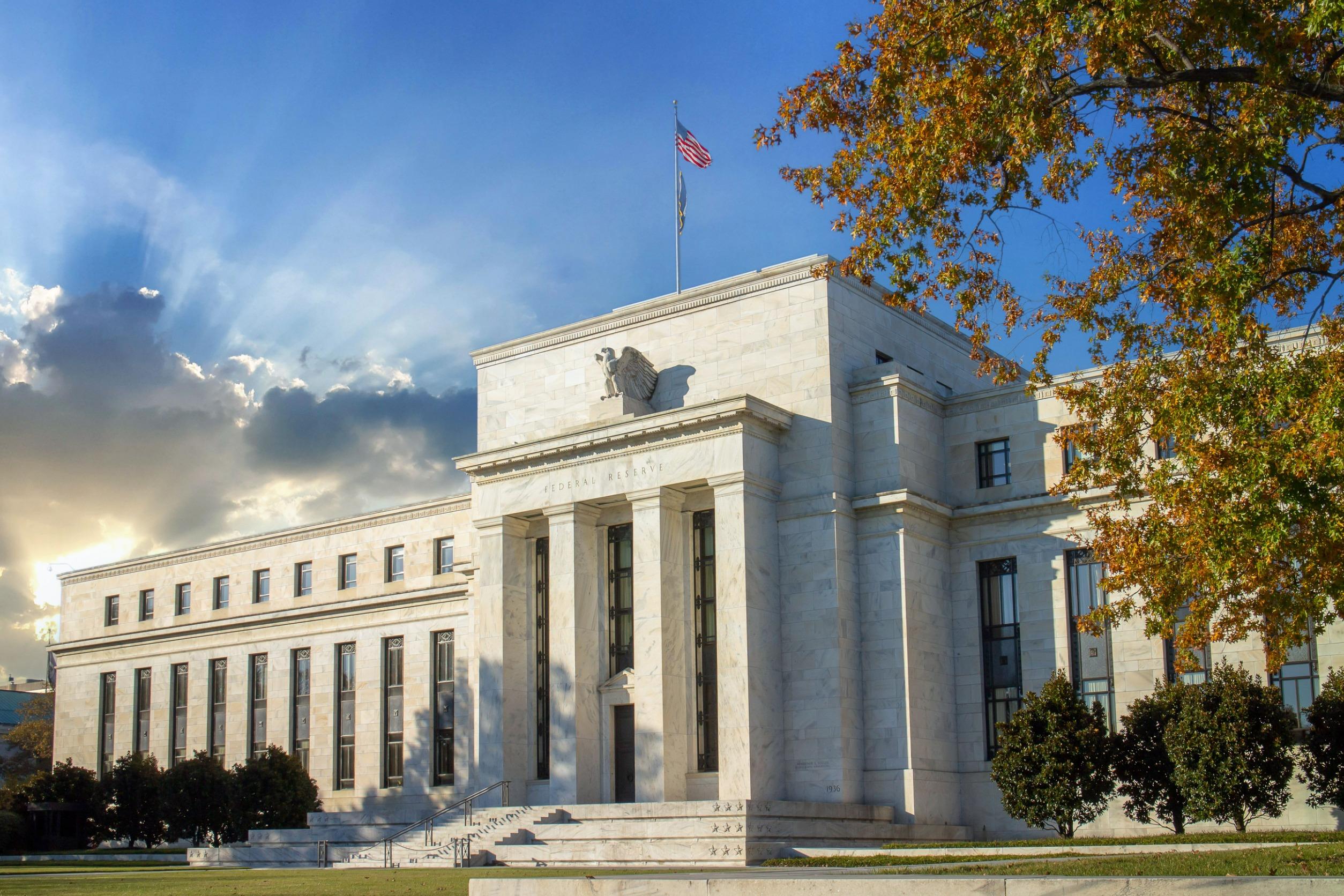Commodities and the broader financial markets have been trading rather subtly in recent sessions. Investors await some clarity on what going on in the market from the US CPI data. The figures are expected to give some cues on where the Fed’s monetary policy is headed in coming months. While most commodities will likely be under pressure in an environment of high interest rates, precious metals may find support in recession concerns.
What to expect from the US CPI data
In recent weeks, financial markets have been in a state of confusion. On the one hand, investors ran with Jerome Powell’s remarks during the latest interest rate decision indicating that “the disinflationary process has started”.
However, the subsequent US jobs data showed that the country’s labor market remained strong. The result of these divergent data has been uncertainty over where the path that interest rate hikes may follow in coming months.
As such, investors are eyeing the US CPI numbers set for release later on Tuesday for some clarity. Analysts expect consumer prices to have risen at a slower pace of 6.2% on a year-on-year basis as has been the case in the previous three months. In the previous month, the US Labor Department released a reading of 6.5%.
Even so, the monthly reading appears to be poking holes to the narrative that inflation has peaked. Economists forecast a CPI reading of 0.5% MoM compared to the prior month’s 0.1%.
What the CPI readings mean for commodities
Similar to other risk assets, commodities entered 2023 on a bullish trend amid optimism would take a dovish stance as the year unfolds. Even so, concerns that the US economy is resilient enough to handle further interest rate hikes has been weighing on these classes of assets.
If the US CPI numbers come in higher than expected, commodities like gold, silver, and crude oil will likely record some losses as the data boosts the US dollar. Even so, gold and other precious metals may find support in a hawkish Fed and subsequent concerns over a probable recession.





